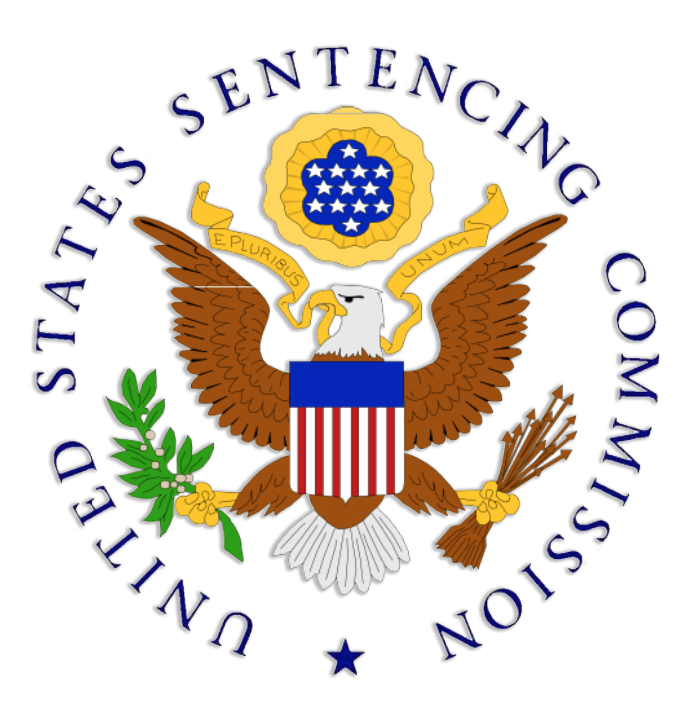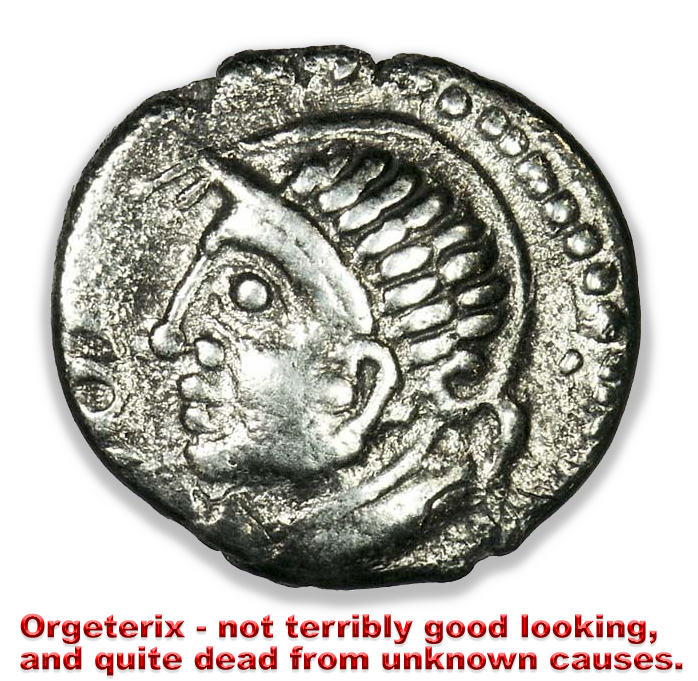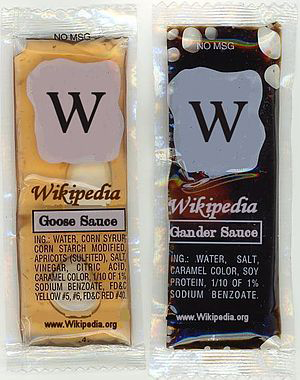We post news and comment on federal criminal justice issues, focused primarily on trial and post-conviction matters, legislative initiatives, and sentencing issues.

SENTENCING COMMISSION TO PUBLISH FIRST DRAFT PROPOSED GUIDELINES AMENDMENTS TODAY
 The U.S. Sentencing Commission will adopt its first set of draft proposed amendments to the Federal Sentencing Guidelines in five years when it meets today.
The U.S. Sentencing Commission will adopt its first set of draft proposed amendments to the Federal Sentencing Guidelines in five years when it meets today.
The Commission’s meeting, which starts at 1 p.m. Eastern time, will be live-streamed.
Last October, the Commission announced that its top priority is amending USSG § 1B1.13, the policy statement on compassionate release.
The compassionate release statute, 18 U.S.C. § 3582(c)(1)(A), requires judges to only grant compassionate releases that are “consistent with applicable policy statements issued by the Sentencing Commission.” However, § 1B1.13 was written when only the BOP could bring compassionate release motions. The compassionate release statute was changed by the First Step Act, passed four years ago at the same time the Sentencing Commission lost its quorum,
Most (but not all) Circuits have since ruled that § 1B1.13 was written for a compassionate release regime that no longer exists and thus is not binding on district courts until it is amended.
Other changes that may be issued in draft form include changes in the drug Guideline (USSG § 2D1.1) due to First Step’s lowering of mandatory drug minimums, resolving circuit conflicts over whether the government may withhold a motion for a third acceptance of responsibility point because a defendant had moved to suppress evidence before entering a guilty plea, and amendments to the Guidelines career offender chapter that would provide an alternative to the “categorical approach” in determining whether an offense is a “crime of violence” or a “controlled substance offense.”
The draft the Commission will issue Thursday will be open for public comment for a period of time, and then a slate of proposed amendments will be adopted by May 1. Under 28 U.S.C. § 994(p), the proposed amendments become effective November 1st unless Congress blocks them.
U.S. Sentencing Commission, Public Meeting – January 12, 2023 (January 3, 2023)
US Sentencing Commission, Commission Sets Policy Priorities (October 28, 2023)
– Thomas L. Root




